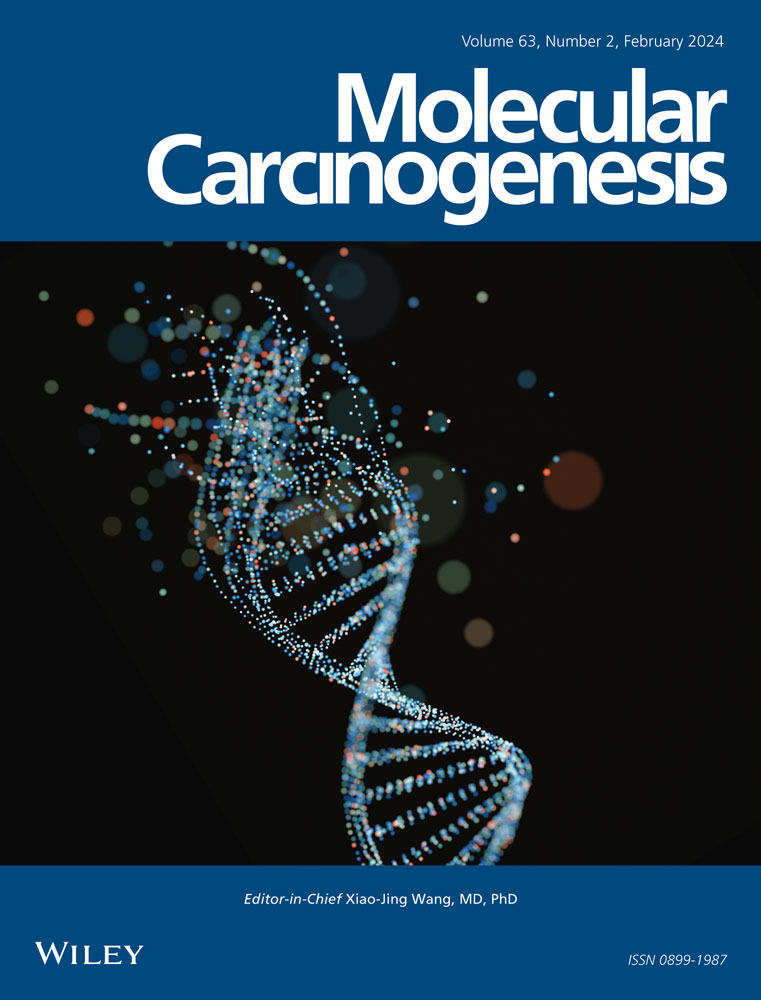Mechanism of synergistic inhibitory effect of benzyl isothiocyanate and zoledronic acid combination on breast cancer induction of osteoclast differentiation
Abstract
Bone is the most favored site for metastasis for each major subtype of breast cancer. Therapeutic modalities for alleviation of clinical symptoms associated with bone metastasis include surgical resection, radiation, and bone-targeted therapies, including bisphosphonates (e.g., zoledronic acid; ZA) and a humanized antibody against receptor activator of nuclear factor-κB ligand (denosumab). However, the bone-targeted therapies are expensive, and have poor pharmacokinetic attributes and/or serious adverse effects. Therefore, novel strategies are needed for treatment of bone metastasis or to increase effectiveness of existing bone-targeted therapies. We have shown previously that benzyl isothiocyanate (BITC) is a novel inhibitor of osteoclast differentiation in vitro and bone metastasis in vivo. The present study shows that BITC + ZA combination synergistically inhibits osteoclast differentiation induced by addition of conditioned media from breast cancer cells. These effects were associated with a significant increase in levels of several antiosteoclastogenic cytokines, including interferons, interleukin (IL)-3, IL-4, and IL-27. Kyoto Encyclopedia of Genes and Genomes pathway analysis of RNA-seq data from BITC and/or ZA-treated cells revealed downregulation of genes of many pathways (e.g., actin cytoskeleton, Hippo signaling, etc.) by treatment with BITC + ZA combination, but not by BITC alone or ZA alone. Confocal microscopy confirmed severe disruption of actin cytoskeleton upon treatment of MCF-7 and MDA-MB-231 cells with the BITC + ZA combination. This combination also decreased the nuclear level of yes-associated protein, a core component of Hippo signaling. In conclusion, the present study offers a novel combination for prevention or treatment of bone metastasis of breast cancer.
CONFLICT OF INTEREST STATEMENT
The authors declare no conflict of interest.
Open Research
DATA AVAILABILITY STATEMENT
The data underlying this article will be shared on reasonable request to the corresponding author.




